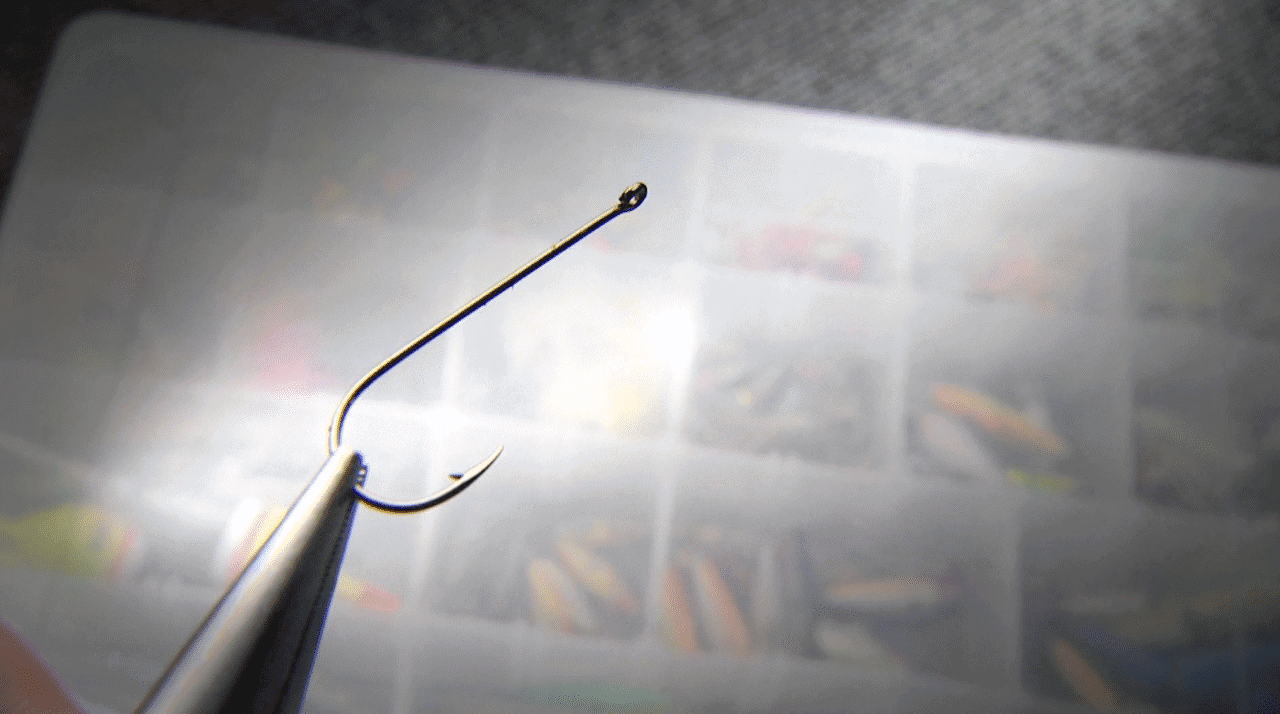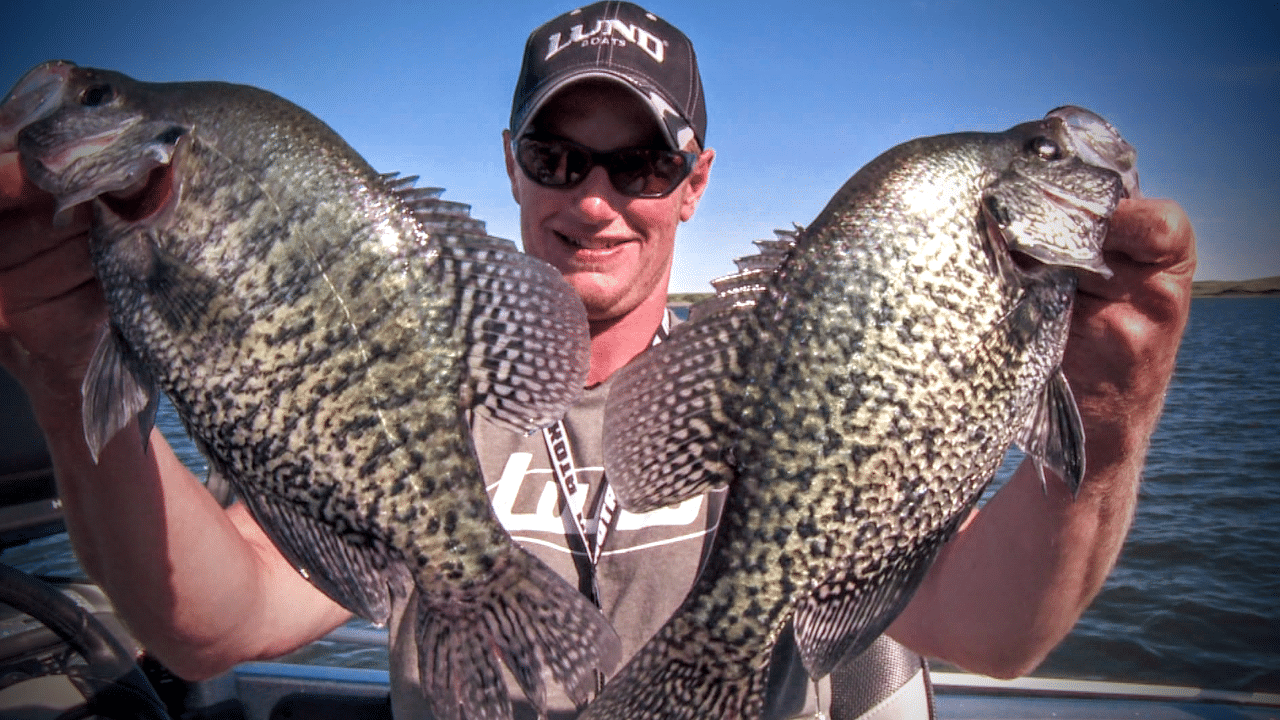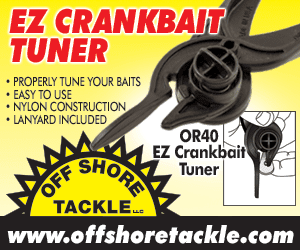Fishing market researchers Southwick & Associates and AnglerSurvey.com say panfish are America’s second-favorite fish, right behind the largemouth bass. And within the larger category of panfish, crappies consistently come out on top.
A similar trend has emerged in Minnesota; results from a questionnaire sent to random fishing license holders puts crappies ahead of yellow perch, even bluegills.
All this data shouldn’t be too surprising. Found in most U.S. waters, crappies run larger than bluegills, provide lots of action, and excellent table fare at the end of the day.
The best time to catch ‘em?
It’s pretty hard to beat spring for both numbers and size. But there’s some misunderstanding as to why crappies move shallow.
Anglers tend to look at any shallow crappie movement as spawning behavior, but there’s much more to it than targeting bedding fish.

As soon as the ice melts, the shallow-water food web awakens — micro-invertebrates and minnows draw waves of crappies into warmer, shallow water. The buffet is officially open after months of suspending in deeper water with minimal movements.
Then there’s the pre-spawn push shallow to shop nesting sites, which males fan out for females. But the actual spawn is a short-lived affair, and females vacate for the nearest deeper cover after dropping their eggs. It’s the males that stay behind to guard the eggs and fry.
But no matter what stage you find ‘em shallow, you don’t need a boat to catch fish.

Come ice-out in the Midwest, anglers start lining the shores of bays, channels, and boat harbors, catching fish with simple “hook, line, and sinker” tactics. A pair of waders, canoe, fishing kayak, or jon boat can open up areas a little harder to access. In terms of tackle, a bobber, an Aberdeen-style hook or small jighead, some live bait, and just about any rod and reel will do.
Of course, savvy panfish anglers have greatly refined their tactics, using longer rods and thin-diameter superlines like Sufix NanoBraid for longer casts with tiny jigs and microplastics, no live bait required.
But some days, even springtime crappies can be difficult. They’re stacked up like cord wood in shallow water one day, gone the next.Reality is: Cold fronts can push crappies deeper and lock their paper-thin lips.
But they’re usually not too far away, typically on that first break to deeper water, which could be six, 10, or 20 feet deep, depending. That’s when a slip-bobber rig, tiny jig, and miniscule crappie minnow or microplastic can work wonders.
This much is certain: Spring crappie fishing is too much fun to miss. And thanks to smart management by state agencies and anglers adopting selective harvest, the crappie fishing in many parts of the country is the best it’s ever been in terms of numbers and size.










